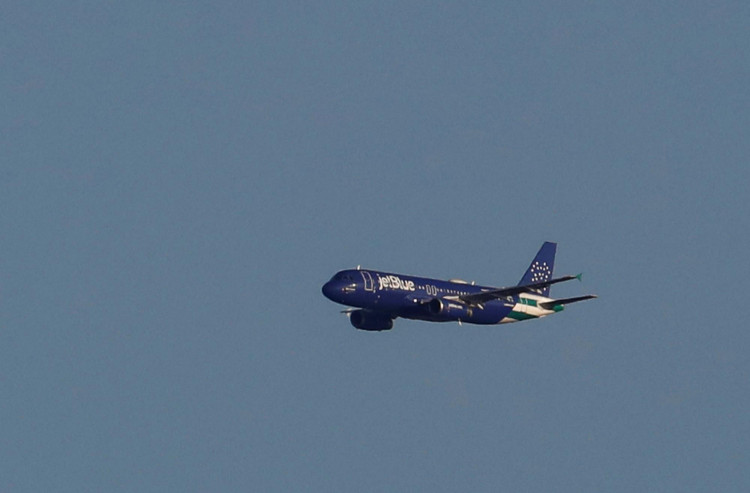JetBlue Airways Corp., the New York-based airline known for its budget-friendly service, has embarked on a significant financial maneuver, launching a $2.75 billion debt sale backed by its loyalty program, TrueBlue. The move comes as the airline seeks to bolster its reserves and fund general corporate operations amid challenging economic conditions. However, the decision has not come without repercussions, as both Moody's Ratings and S&P Global Ratings downgraded the airline's credit rating, reflecting concerns over its financial stability.
JetBlue's debt sale includes a mix of financial instruments: $1.5 billion in senior secured notes, $1.25 billion in a five-year term loan, and $400 million in convertible notes. The latter is intended primarily for refinancing existing debt, specifically targeting convertible notes due in 2026. The debt sale, managed by financial giants Barclays Plc and Goldman Sachs Group Inc., is set to price on Tuesday, with the proceeds aimed at providing much-needed liquidity for the airline.
The financial markets responded swiftly and harshly to the news, with JetBlue's shares plummeting by as much as 19% on Monday. Investors were spooked not only by the sheer scale of the debt raise but also by the subsequent downgrades from major credit rating agencies. Moody's downgraded JetBlue's corporate family rating to B3 from B2, pushing it further into junk territory. The agency cited concerns that it would take several years for JetBlue to restore its operating profit and cash flow to levels that would significantly improve its credit metrics. Meanwhile, S&P Global Ratings lowered JetBlue's rating from B to B-, expressing apprehension over the airline's financial health and forecasting continued negative net cash flow through 2025.
JetBlue's move to leverage its loyalty program as collateral is not unprecedented. During the height of the COVID-19 pandemic, other major airlines, including Delta Air Lines and United Airlines, similarly used their loyalty programs to secure liquidity. However, the scale and timing of JetBlue's current debt raise, combined with its recent operational challenges, have amplified concerns among analysts and investors.
One of the critical factors contributing to JetBlue's financial strain is the grounding of several aircraft due to issues with Pratt & Whitney's Geared Turbofan engines. This problem, coupled with persistently high operational costs and diminished growth prospects, has forced JetBlue to take drastic measures to conserve cash. Last month, the airline announced plans to exit 15 cities and delay the delivery of $3 billion worth of new aircraft until 2030 or later. These moves are part of a broader strategy by JetBlue's new CEO, Joanna Geraghty, to revamp operations and refocus the airline's business model.
JetBlue's strategy now centers on targeting leisure travelers in key markets such as New York, New England, Florida, and Puerto Rico, where it has historically maintained a strong presence. To achieve this, the airline has cut more than 50 routes, trimming unprofitable flights and concentrating resources where demand is more robust. Despite these efforts, the financial outlook remains bleak, with S&P estimating that JetBlue's funds from operations to debt ratio will stay in the low single digits for the foreseeable future.
The downgrades from Moody's and S&P underscore the challenges JetBlue faces as it navigates a turbulent period. The airline is expected to burn through $2.2 billion in cash in 2024 and $1.4 billion in 2025, according to Moody's projections. While Fitch Ratings affirmed JetBlue's rating at B with a stable outlook, it also warned that a failure to improve profitability and cash flow in the near term could lead to further negative rating actions.






